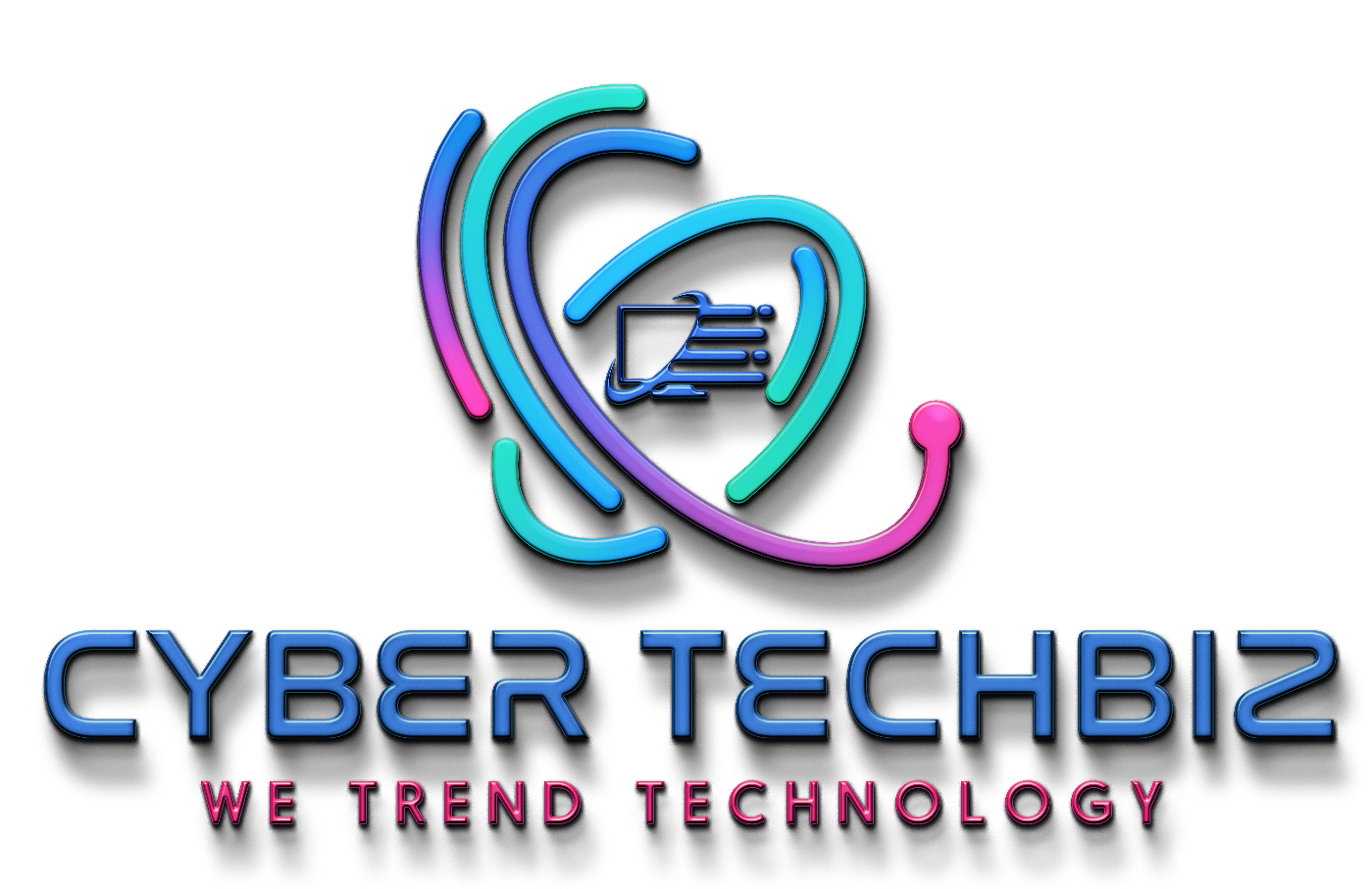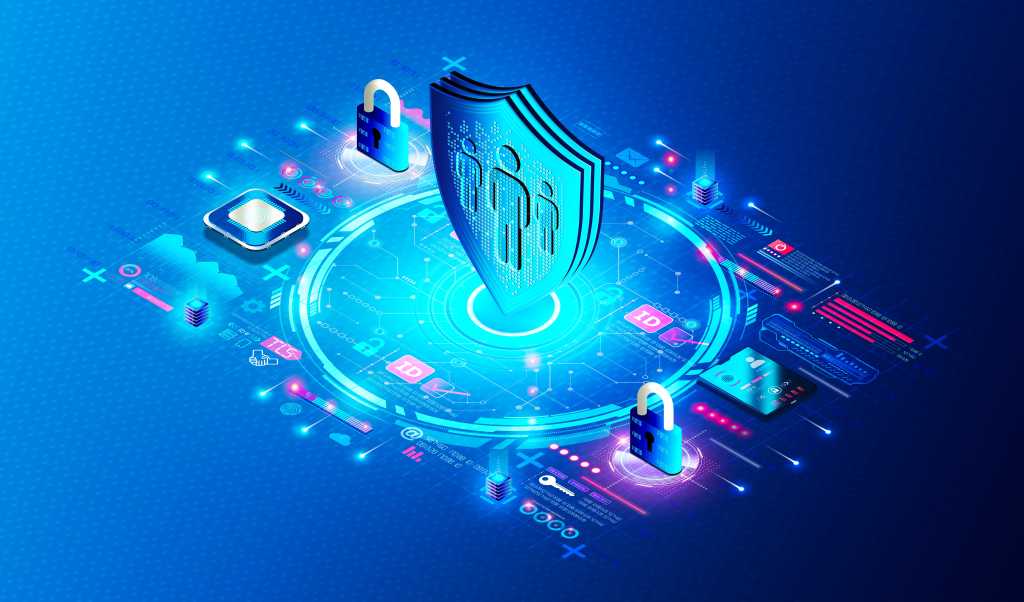More than half of companies have not started the migration process[1]. As they consider upgrading their identity management solutions, they can stay with SAP as it evolves to encompass cloud and SaaS environments or migrate to a more comprehensive identity governance solution that provides deep visibility and control across the enterprise.[1]
Migrating identity security from on-premises infrastructure to the cloud can be complex. Existing integrations with applications and systems can be disrupted. Established access policies need to be reviewed and adjusted. Functionality gaps can create security risks, and customizations may be lost during migration. Identity solutions specific to an ERP vendor may also not work with the organization’s full range of non-ERP applications. Maintaining regulatory compliance is also a must.
“Moving SAP access controls and separation of duty policies to the cloud is an opportunity to rethink security and efficiency,” says Amit Saha, Co-Founder and Chief Growth Officer at Saviynt, Inc. “By reassessing actual access needs, enterprises can design SAP cloud policies that embed zero trust and least privilege principles from the start—enhancing security while optimizing licensing costs.”
Cloud drives identity security evolution
Identity and access management have changed dramatically in recent years. Legacy solutions built for on-premises environments were limited to regulating user access to specific applications.
Legacy identity management solutions typically rely on on-premises directory services like Active Directory to manage user credentials within a corporate network. Access controls are usually specific to individual applications, requiring users to juggle multiple passwords. Administration is labor-intensive and error prone. Oversights and human errors are a constant risk.
As devices and cloud applications have proliferated, organizations need a more sophisticated approach that provides a governance framework based on user identities and behaviors.
“The old R/3 on-premises was a lot easier to protect,” said Britta Simms, Global Enterprise Platform Security Lead and Managing Director at Accenture, during a panel hosted by Kuppingercole. “The way SAP has evolved, you need to look across the enterprise and not just rely on securing your network.”
Modern solutions regulate access and give administrators a comprehensive view of how assets and applications are used to protect against evolving threats and oversights that expose data. They encompass security, compliance, and risk management into a comprehensive identity and access governance approach that ensures policies are enforced consistently across an organization.
User access is based on policies to prevent oversights such as employees having authorization to both initiate and approve transactions. Artificial intelligence and analytics monitor and adjust access permissions dynamically, giving administrators deeper insights into access patterns and anomalies.
Benefits of modern identity management
Cloud-native identity security systems can span multiple cloud applications with standardized controls and high levels of automation. Advances in cloud computing, zero-trust security models, and AI-driven automation simplify administration and user experience. Users need only authenticate once to access all the applications they require. This is a tremendous advantage in a multi-device world.
Modern identity security systems use password-less techniques like biometrics complemented by almost unbreakable multi-factor authentication. Attribute-based access control and risk-based access dynamically adjust access privileges at a fine level based on behavior and context. Session recording and detailed audit trails enhance accountability and compliance.
The typical six- to 12-month migration process to a modern identity security solution can be shortened considerably by choosing a partner that brings existing workflows, keys, vaults, and forms along during the migration. Leveraging pre-built integrations, implementing zero-trust principles, and automating identity lifecycle management also smooth the migration path.
The coming end of life for ECC and S/4 HANA on premises should not be a cause for concern but a catalyst to fortify protections with a future-proof solution that can grow and evolve with changes in business and technology.
Saviynt’s Identity Cloud provides industry-leading support for organizations modernizing their ERP program while maintaining strong identity security postures. In partnership with Accenture, Saviynt delivers a comprehensive framework to streamline identity governance, enhance compliance, and mitigate risk throughout the ERP migration journey. Learn more about how Saviynt and Accenture can help your organization navigate this transformation—explore the solution guide.

